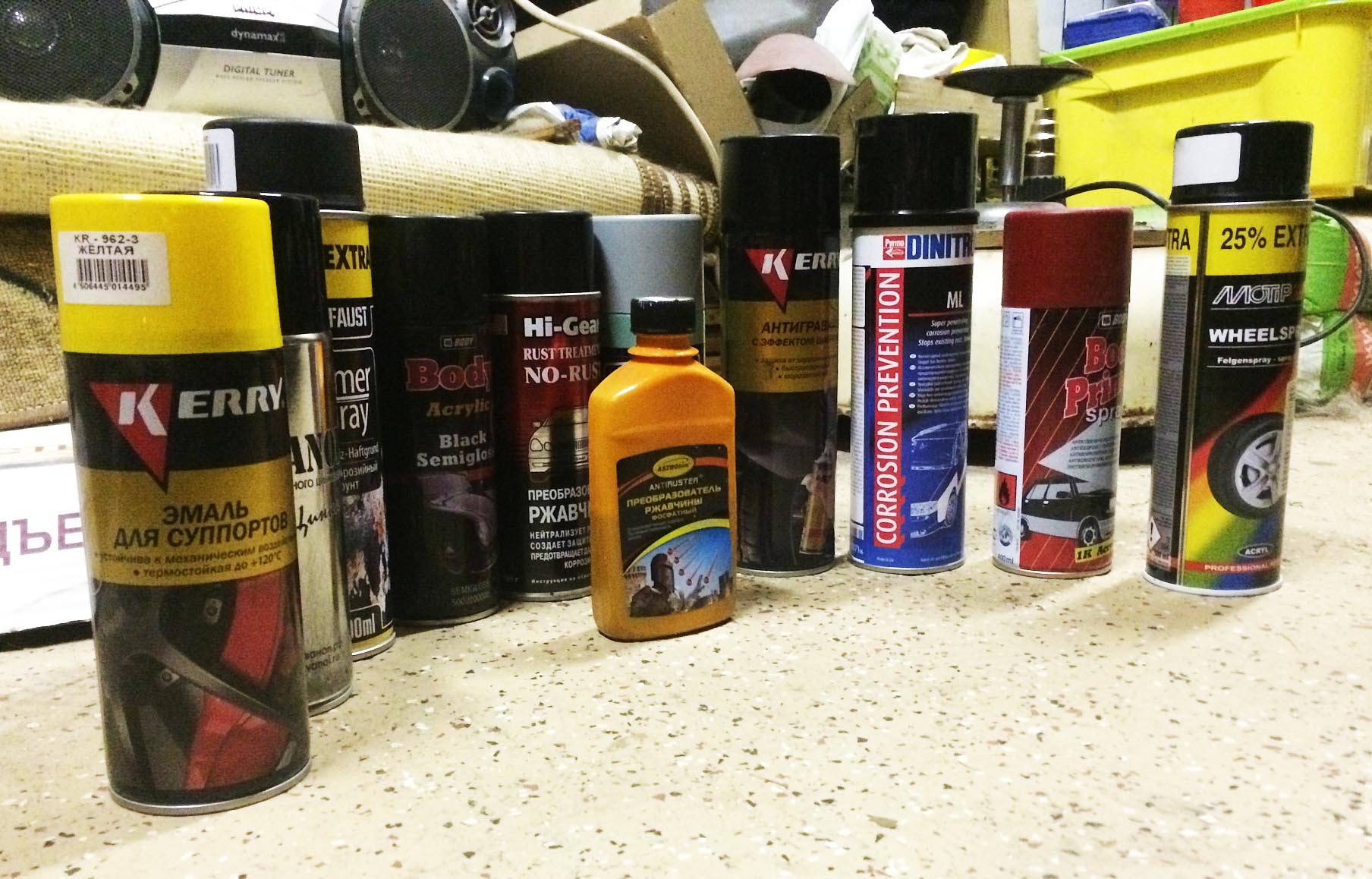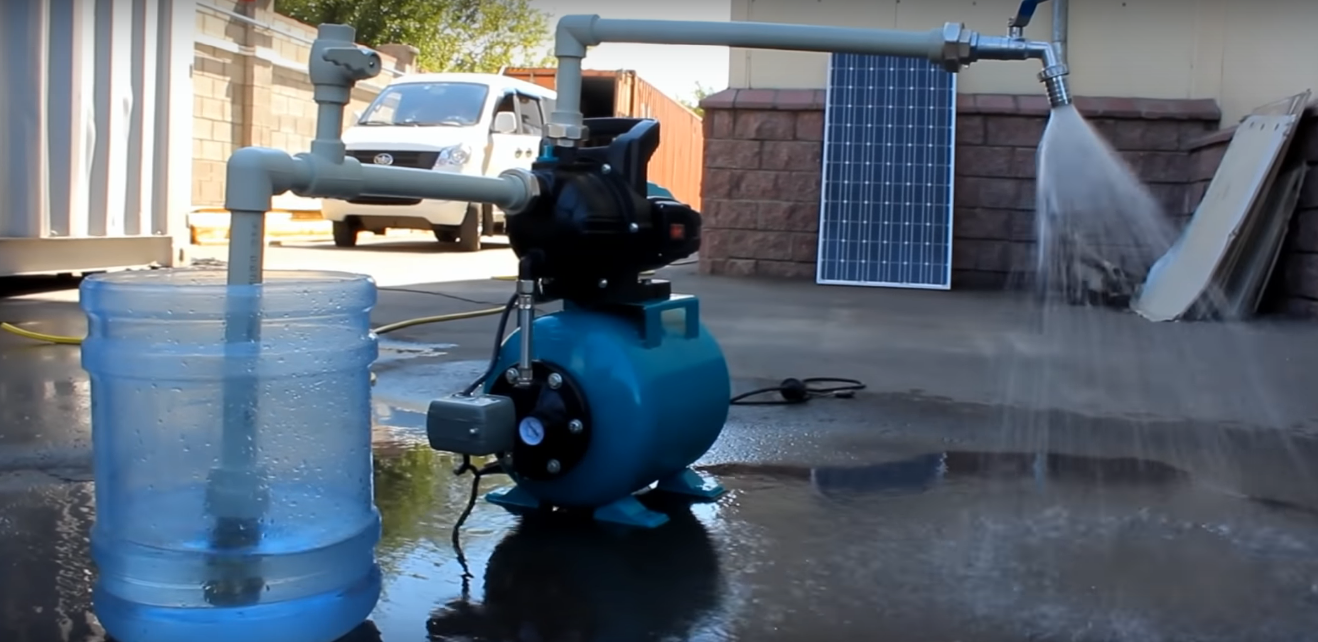Rating of the best onyx mosaic for 2022

Natural stone has long been used as one of the basic materials for finishing work, and it is great for both domestic and formal interiors. Its popularity is due to a wide variety of color palettes, it is possible to create various images and textures on its basis. Onyx occupies a special place among natural stones. On its basis, it is possible to create a bright and spectacular finishing material. Its picturesque veins are very well visible under artificial lighting, so the mosaic from such a natural rock goes well with artistic lighting. Today's technologies make it possible to produce chips-wafers with a thickness of only a few millimeters, while it is possible to form full-scale block structures. Most often, vertical surfaces are decorated with onyx panels.

Content
Onyx - general information
From Greek, this word is translated as "nail". Indeed, the shine that natural pinkish colors give to onyx is somewhat similar to the play of light on a human nail. It is highly valued and widely used specifically for architectural decoration of premises and large-scale interiors. For these tasks, a marble variety of a monolith is usually used. The main aesthetic qualities of this stone, which are widely used by them in mosaic design, are its unique natural pattern, wide range of colors and unique translucency. The stone can be very white, and very black, as well as pale pink, and maroon. More often, all sorts of shades of blue, green or yellow come across. It is worth noting that the patterns created by nature in its structure are never repeated: all stripes, veins, spots and waves are strictly unique. Among other things, it is believed that onyx has magical properties, so most orders for mosaics from it have some sorcerous overtones.That is why it is customary to lay out various protective patterns and ornaments from this stone.
Forms and scopes
As well as gold mosaics, onyx mosaics began to be made in ancient times. So, it was common to decorate the walls of the house of a wealthy Roman with it. And these masterpieces have come down to our time in a completely intact condition. Of course, such panels are very beautiful and almost immediately become objects of art, and they are also distinguished by their special uniqueness and durability. The technical characteristics and technological properties of such calculations were used (and are used) not only for interior cladding, but thanks to them, the craftsmen also trimmed external objects that are under the influence of aggressive natural conditions:
- facades;
- Fountains;
- Pools;
- Garden furniture.
Also, panels can look great on bar counters, large countertops, walls, flooring and ceilings. As a result, due to its strength and aesthetic qualities, such a finish retains its appearance for a long time and eventually turns into a real work of art. This fact has been proven even by art historians - with the passage of time, ancient mosaic onyx panels only increase their monetary value and become something akin to family jewels or family heirlooms.
It is worth noting that almost all ancient composite images based on the rock in question were laid out from chips-plates of irregular shape, because only in the 20th century this stone was learned to be processed on an industrial scale and divided into regular-shaped plates. Today, to create a mosaic from this material, the following plate options can be used:
- Round (oval);
- Rectangular (square);
- Hexagonal and octagonal;
- with the wrong geometry.
IMPORTANT! In mosaic business, imitation of onyx is most often used - here the situation is akin to the use of gold in mosaics. Indeed, mosaic elements made of natural rock are also on sale, but they are as expensive as a gold mosaic made on the basis of gold leaf.
Main characteristics
According to the jewelry classification, the considered type of natural stone is in the same group with jasper, lapis lazuli, obsidian and belongs to the second category of ornamental stones. Its aesthetic significance lies in the richness of the color palette, because it is difficult to find a shade that would not be inherent in this material. This quality is due to the presence of an increased amount of metal salts in the rock. Blue and greenish hues are formed due to inclusions of magnesium and copper, warm colors are obtained due to iron oxides. But the completely white color is rare, it does not contain any impurities and is valued primarily for its beauty.
The unique pattern, located on the cut of the monolith, is formed over the course of millennia in the process of frequent temperature changes. The more such “temperature” veins are formed in a stone, the higher its value. However, during processing, the onyx pattern will depend on the direction of the cut of the stone. In the course of such an operation, either long wavy veins or simple color spots can be obtained (which will reduce the cost of the final material).
Processing for mosaic tasks is quite easy and does not require much effort. The main thing is to properly cut and properly polish.Properly polished stone has a high level of brilliance, which is quite comparable to the quality of brilliance of the best varieties of marble tiles.
Yet, this stone is popular not only because of its rich palette and ease of processing. One of its unique qualities is the property of some transparency (the possibility of translucence, i.e. transparency). The material acquired this quality due to the presence in its structure of an increased amount of calcium carbonate - it is this that allows the stone to transmit light to a depth of up to 60 millimeters.
Differences between natural onyx and artificial
As mentioned above, onyx imitation is used to a greater extent in mosaic decoration (due to the high cost of real natural stone). However, if the goal is to create a mosaic-type artwork on a natural basis, then it should be distinguished from artificial, for which you need to pay attention to the following characteristics of the material:
- Color structure - the color of natural stone (regardless of its variety) is always consistent and harmonious. There are no sharp overflows or sharp gradients from color to color. Also, it has no place for opalescence (weak glow) and small internal cracks. Too bright colors and contrasting transitions are a sign of an artificial product.
- Texture - artificial onyx is usually made of glass, and even with a very high-quality creation technology, it is always possible (using a magnifying glass) to see a certain amount of air bubbles inside the plate. In real stone, they are completely absent.
- Density - scratches are very easily applied to the surface of artificial products, over time, roughness and abrasions (up to dents) form on it.A real mineral, due to its density, is resistant to mechanical stress and it is possible to scratch it, perhaps with special tools;
- Low thermal conductivity - due to its natural qualities, a natural mineral is very difficult to heat up, which is why they prefer to finish the rooms of baths and saunas. Glass or ceramic imitations are easily deformed under the influence of elevated temperatures;
- Cost - despite the fact that onyx is a semi-precious stone, the price of its mosaic options should be at least $ 200 per square meter. Anything cheaper is an imitation.
- Weight - a natural mineral will be at least one and a half times heavier than its glass or ceramic surrogates.
IMPORTANT! Some variants of a surrogate can only be determined after a certain period of time. The main signs will be clouding of the structure, loss of color with prolonged exposure to ultraviolet light or in water. However, these changes should not be confused with simply contaminated natural stone, which should only be cleaned.
Mosaic use cases
- panel
This interior element is usually created from mineral plates, which are thick and can reach a huge monolithic slab (slab). Such panels, consisting of just a few chips-plates, can even be used as a separate wall pattern or made from them into a ceiling with an ornament.
- Backlit image
Illumination of the mosaic with the help of LEDs will give the picture an original look as a whole (it will more fully reveal the properties of translucence) and will additionally play a practical role - it will be possible to clearly determine pollution on such a finish.
- Combination with steel and concrete
There is an opinion that onyx should only be used alone. But it's not. As part of prefabricated images, it very organically coexists with steel and does not stand out much against the background of concrete tile joints. Yes, and it is also possible to plant it on bare concrete - the mineral will not lose its aesthetic qualities.
- Full-fledged architectural objects
Using separate prefabricated onyx blocks, you can create any architectural object. For example, in ancient Rome, it was practiced to create small architectural forms in this way, where the bench seats were decorated with ornaments, and the legs were lined with stone in random order.
- Flooring
Due to its increased strength, onyx is also allowed to finish the floor. However, such a coating must be treated on an ongoing basis (permanently) with an anti-slip compound. At the same time, the degree of patency and load will not play a big role.
- Finishing bathtubs and bathrooms
Marble, which is a popular material for finishing these rooms, harmonizes very well with onyx. Due to the similar qualities in terms of gloss, these two materials will perfectly complement each other, especially since the one that the other lends itself perfectly to polishing and is not afraid of moisture or aggressive chemicals.
Care rules
It is always worth remembering that onyx is, first of all, a decorative material, which in the process of use will require careful handling. Of course, a mosaic made of it on a large tabletop will look very impressive, but if a heavy object falls sharply on it with great force, it will simply crack. Small scratches, on the other hand, rarely, but can occur over time, and they are easily removed by polishing or grinding (in this case, it is preferable to resort to the services of a specialist).But to eliminate large and visible flaws, a full-fledged restoration may be required. It is worth noting that an indelible mark on the surface of the material in question can be left not only by sharp and heavy objects, but also by some synthetic substances that need to be removed with chemically aggressive cleaners.
However, special impregnations have already been developed that can provide decent protection to the finish. These substances penetrate the structure of the mineral, protecting it, or creating a transparent film on the surface, which has a dirt-repellent effect. Some types of impregnations need to be applied even on already assembled blocks of chips, so that the external pattern becomes more contrasting. They are applied with a brush or swab. Similarly, substances can be applied to help the stone maintain its natural shine. Such substances are made on the basis of natural wax. The procedure itself is not particularly difficult: the polish is applied to the surface, fixed there for 15-20 minutes, and then rubbed into the structure with a grinder at low speeds (or with metal felt). Final polishing is carried out with a felt cloth.
Facing works
For interior decoration, mosaic elements, prefabricated tiles of large formats and individual modular parts can be used. The last option is used more often than others, because. it is easier to lay (unlike a large-sized slab). As well as when laying images from other materials, for this semi-precious stone, the site must first be leveled, cleaned and degreased. Next, you need to correctly select the adhesive, because.standard cement adhesives, on which ordinary tiles are laid, are absolutely not suitable for this mineral. The salt inclusions present in them will certainly come into contact with the surface of the finishing texture and specific spots will instantly form on that surface, which then cannot be removed with anything.
To work with the material in question, special adhesive mixes and plasters should be used, for example, the German "Alemix" or the domestic "MS-76" (or their analogues). At the same time, even when using the correct type of glue, you should make sure that the chips-plates are of the right thickness and the adhesive underlying layer will not shine through them at the end of the work.
Prior to the beginning of the facing process, it is required to perform a “dry” layout, during which the plates are selected with the condition of combining them with each other in color and patterns. Then the stage of gluing the tiles begins, in which it is required to leave a gap between the chips of at least 2-3 millimeters in order to hide all the uneven edges. If a seamless type of masonry is used, then the plates are attached to the base block by block, and then they are ground and polished. The result should be a glossy and smooth surface. Due to the fact that natural rock has an increased cost, it is preferable to entrust all laying operations to an experienced master.
When facing vertical surfaces, a layered structure should be formed, on which plaster is first applied, then a reinforcing mesh, and then a stone mosaic sits on a special glue.
Grout Features
The finishing of the mosaic material in question requires a special approach, because when grouting, the mineral may change its color (which will depend on the grouting substance). Accordingly, if you choose the wrong grout, you can spoil the entire pattern at the root. As a rule, white substances are used, however, experts consider transparent epoxy grout to be the best option. It is possible to add blotches to it under the shade of the stone used or special photoluminescent substances that will create the effect of a glow pattern from the inside. Nevertheless, there is some limitation regarding the use of transparent grout - the seam width between the chips-plates should not exceed 2 millimeters, otherwise the seam will get an unpleasant gray color. The transparent grout itself is made from the following composition: glass chips plus epoxy resin plus hardener. Before using it, you should read the instructions for diluting the mixture in order to maintain the necessary proportions. Most often, mixing occurs in small volumes, because. Epoxy resin hardens very quickly.
Rating of the best onyx mosaic for 2022
Budget segment
3rd place: "7M073-48T Onyx Yellow matte"
This product is intended for finishing walls and floors in the bathroom, hammam, it can also be used for repairs inside and outside the building, suitable for terraces, pools and fountains. The product is made of natural wood and assembled on a grid. An ornament of this kind fits perfectly on any radius and curvilinear surfaces, which, first of all, will come in handy in the construction of premises with a predominance of high temperatures.The recommended cost for retail chains is 550 rubles.

- Versatility of use;
- Large chips-plates in the composition;
- Unique coloration.
- Not detected.
2nd place: "4M073-26P Onyx Yellow polished"
This product has a thickness of 4 mm, can be used to decorate various types of premises. At the same time facing of internal bowls of water terraces, pools and fountains is allowed. The monolith is placed on a grid, which makes it easy to lay it on any radius and curved surfaces. The product goes well with other finishing products: natural and artificial stone, wood, tiles, glass. The recommended cost for retail chains is 600 rubles.

- High degree of compatibility with other materials;
- Easy installation;
- original texture.
- Not detected.
1st place: "7M072-20P Onyx Caramel polished"
This model of a block panel on a stone natural base is intended for interior decoration in classic and strict styles. It is desirable to use powerful artificial lamps for its illumination, because the dark color of the product does not provide the standard level of transparency characteristic of the onyx structure. Traditionally, the block is placed on the grid, which indicates an easy way to stack it. A combination with other finishes is acceptable - both by inclusions and with a common set. The recommended cost for retail chains is 980 rubles.

- original color;
- Proper level of compatibility;
- Used in classic interiors.
- Weak degree of translucence of the base.
Middle price segment
3rd place: "ONYX PIX210 - PIXEL"
An extremely original model, characterized by a richness of colors. Recommended for block laying, intended for full-scale wall and ceiling finishing. All seam gaps are made with a minimum discrepancy, and the joints are covered with separate diamond-shaped elements. It is allowed to use in rooms with high humidity. The recommended cost for retail chains is 1100 rubles.

- Small seam distances;
- Decorative finishing of joints;
- gradient palette.
- Not detected.
2nd place: "ONYX PIX211 - PIXEL"
This product is a prominent representative of the "Pixel" line, which is used for large-scale finishing of vertical and horizontal surfaces. As with the previous model, the distance between the seams is as short as possible, which visually gives the entire structure a certain monolithic look, and the joints are reinforced with special plugs. Block stacking is preferred. The recommended cost for retail chains is 1200 rubles.

- Quick installation (with block laying);
- Original color palette (like a yacht or malachite);
- Adequate cost.
- The inability to use the product as separate elements.
1st place: "Natural ONYX Paladium 7M073-ML"
A very rare type of product that uses irregularly shaped chips in its structure. The manufacturer completely focuses his product on use as separate inclusions or to cover convex surfaces. For the last finishing option, there is a grid structure for placing chips. The recommended cost for retail chains is 1670 rubles.

- Original geometry of composite elements;
- Ability to work with convex surfaces;
- Normal value for money.
- Narrow scope.
Premium class
3rd place: Charme Evo ONYX 3D 30x30 (620110000053)
A rather unusual type of product that imitates the transparency of onyx material, while creating the appearance of volumetric tile laying. The design uses very large chips-plates, which indicates the possibility of using products as a floor covering. The recommended cost for retail chains is 1680 rubles.

- Original concept;
- Good imitation of transparent qualities;
- Simple layout.
- Not detected.
2nd place: "Natural Adriatica ONYX 7M073-15P"
A good option that can be used to decorate individual areas of vertical and horizontal surfaces. The product uses a natural base breed of natural color. Laying is possible on standard adhesive, which is able to provide the proper level of adhesion. The recommended cost for retail chains is 8800 rubles.

- Easy styling;
- natural color;
- Versatility of application.
- Very high cost.
1st place: "Onice jade bianco ONYX POL 23×23 polished"
Another option, completely made of natural monolithic rock. It can be used as a decorative finish for individual parts of the panel on various surfaces. The product can be perfectly combined with porcelain stoneware and glass mosaic inclusions. The recommended cost for retail chains is 12,200 rubles.

- Compatibility with other types of lining;
- Full naturalness of the goods;
- Beautiful palette.
- Very high cost.
Conclusion
In addition to the properties of decorativeness, excellent workability and excellent polishability, onyx stone has another unique quality - translucency, which is not typical for other facing natural monoliths. Due to the special placement of calcium carbonate crystals and fibers in the stone structure, onyx textolite is able to transmit natural light to a sufficient depth, while creating an unusual visual effect. Thanks to this quality, even stained-glass windows can be made from onyx panels.
new entries
Categories
Useful
Popular Articles
-

Top ranking of the best and cheapest scooters up to 50cc in 2022
Views: 131653 -

Rating of the best soundproofing materials for an apartment in 2022
Views: 127693 -

Rating of cheap analogues of expensive medicines for flu and colds for 2022
Views: 124520 -

The best men's sneakers in 2022
Views: 124035 -

The Best Complex Vitamins in 2022
Views: 121941 -

Top ranking of the best smartwatches 2022 - price-quality ratio
Views: 114981 -

The best paint for gray hair - top rating 2022
Views: 113397 -

Ranking of the best wood paints for interior work in 2022
Views: 110320 -

Rating of the best spinning reels in 2022
Views: 105331 -

Ranking of the best sex dolls for men for 2022
Views: 104369 -

Ranking of the best action cameras from China in 2022
Views: 102217 -

The most effective calcium preparations for adults and children in 2022
Views: 102012









